During designing an actuated valve, instrument engineer shall concern to valve safety factor which is a ratio between “torque produced by an actuator” to “torque required by a valve to actuate when changing position” (close to open or vice versa).
Valve Safety Factor

Valve and actuator commonly obtained from different manufacturer, therefore it is a responsibility of instrument engineer to ensure that combination of the selected valve and actuator will operate properly and meet the safety factor specified by project.
To obtain the information simply doing the following step.
After deciding valve size, valve rating, valve material, etc., go to valve catalog and select one valve that meet the specification. Then, obtain valve torque data. Valve torque is affected by maximum differential pressure across valve (Max dP). This value is determined by process department and shall be informed to vendor. Max dP usually occurs when valve is fully close so that one side at maximum pressure while the opposite site is at no process fluid condition.
Afterwards select an actuator that can produce torque higher than the required valve torque. Note that torque produced by an actuator is affected by power source, e.g. instrument air pressure in pneumatic actuator.
Usually vendor will provided safety factor table along with quotation, following with engineering review.
Below is one example of safety factor table:
What is the recommended safety factor value?
Many projects require 1.5 or 2.
Note that safety factor which is too high could lead to miss-operation of an actuated valve.
Read Next:
- Hydraulic Actuator Principle
- Control Valve Lift DP
- What is BDV and PSV?
- Instrument Air Design
- Solenoid Actuated Valve
Source: instrument-control blog

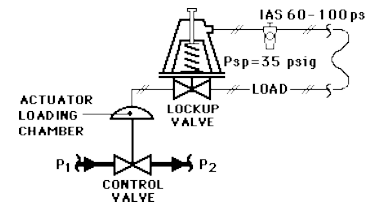
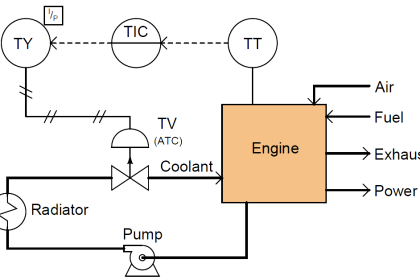
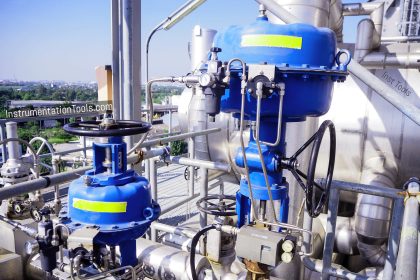
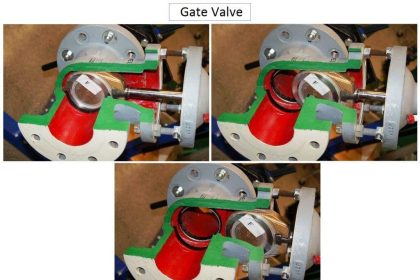
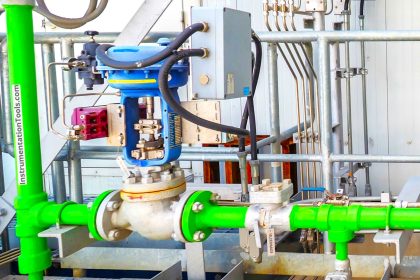
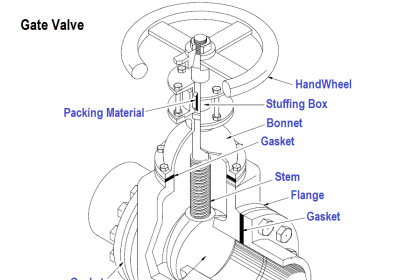

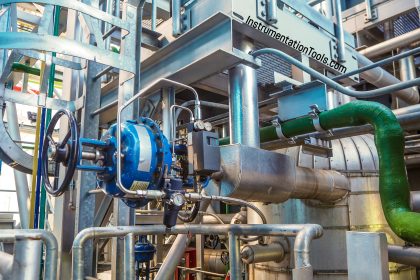

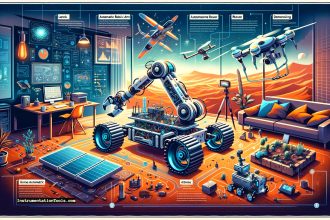

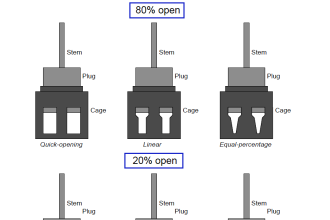
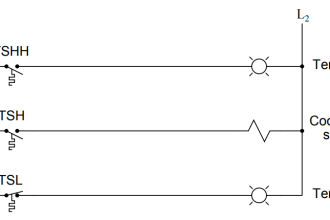
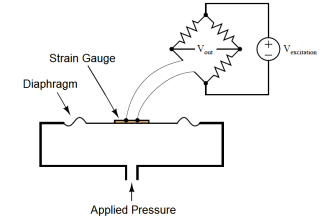
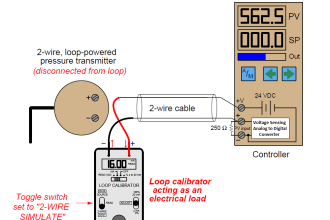
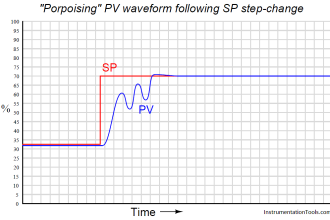

During Actuator Sizing Valve Safety Factor fail what to do.
change the actuator spring range or change the valve stem material.
Any Reply Plz?